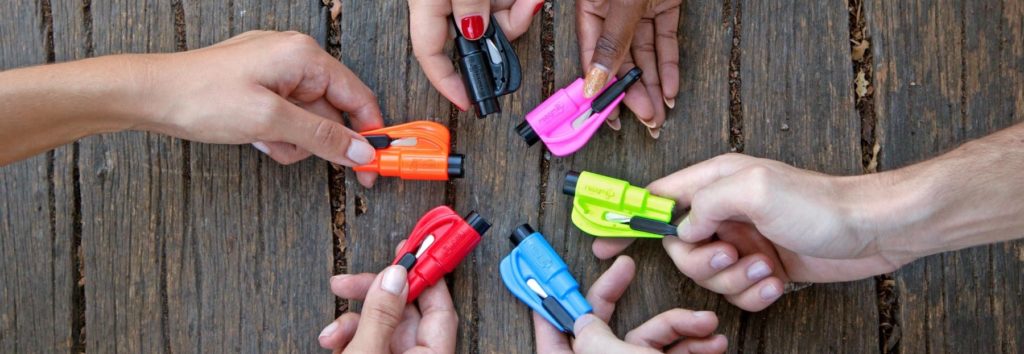Every parent gets a bit nervous when their teenager starts to drive. Even if you know your child is a careful driver, you will always have that thought at the back of your mind that they might become distracted while driving with friends and end up in a fender-bender.
One of the biggest risks of distraction is often posed by their passengers, especially when these consist of their teenage friends. Teens can easily get distracted when their friends are in the back, and this can be dangerous for all of them.
Here’s a guide to what your teenage child and their friends should know to reduce distractions caused by passengers. Share and discuss these points with your teen driver.
Explain to them that the dangers are real:
According to the New York State Department of Health website, for teens aged 15 to 19 years, motor vehicle crashes are the main cause of hospitalizations and unintentional deaths in the state (73 deaths a year).
Importantly, it also states that teen passengers have a greater chance of being seriously injured when another teen is driving the vehicle.
Seat belts are a must:
Remind your teen child and their friends to always buckle-up when behind the wheel. Seat belts save lives. Without them, a relatively minor accident could be severe. The New York State Department of Health claims that they cut the risk of serious injuries by anything from 50 to 83 percent. The CDC also has some interesting stats on seat belts and injuries.
Speed is deadly:
One of the biggest causes of crashes in teen drivers is speeding. Teens are particularly at risk because they are not only less experienced, but they may want to show off to their friends. Teach your child about the risks of speeding and make sure they know how dangerous it can be. Remind them not to feel pressured to drive fast just to show off to their friends.
One way to get through to them could be to remind them that they are liable if they cause a crash that results in injury to another driver or pedestrian. The injured driver may want to file a lawsuit against the negligent driver, and this is something your child will clearly want to avoid. You can also discuss the emotions of how your teen might feel if they were to hit a pedestrian or child while speeding – once they register the severity of the emotional consequences for their self and the family of injured, they will likely be more conscious of their decisions behind the wheel.
Take care when driving at night:
Driving at night can also be more dangerous, so you may want to restrict your child’s driving to daylight hours until you both are confident in their driving abilities. If you are buying them their first car, you can make this a condition that they have to follow.
Educate your teen’s friends on passenger etiquette:
Teen passengers causing distractions can present serious risks to everyone in the vehicle. Although it may not be easy to educate your child’s friends on the risks, try to remind them when they head out and your child is driving. If you know their parents, you could also suggest that they all teach their children about the dangers.
In fact, it may be best if your child does not carry teenage passengers who fail to follow proper passenger etiquette. Perhaps you can make that a condition of paying for their driving lessons or car, etc.
Help Your Teen to Drive Safer
Every parent worries about their teenage children driving on the roads. As long as you teach them the rules of the road and do everything you can to educate them—and their friends—on the dangers, they will be at less risk.
By Anna Burke: Anna Burke has worked in various roles within the auto industry for many years. Now semi-retired she uses her knowledge combined with current events to write articles. She has discovered a new passion she didn’t know existed until very recently but is thoroughly enjoying connecting with others through her writing.

